Minister of Science and Technology Nguyen Manh Hung emphasized the above at the conference to review the work of the first 6 months of 2025.
Digital infrastructure is the strategic foundation of a digital nation.
The new Ministry of Science and Technology, established on the basis of the merger between the Ministry of Information and Communications (MIC) and the Ministry of Science and Technology, has been in operation for nearly 4 months. The Ministry carries an important mission: to bring Vietnam into a new stage of development - a stage of development based on science and technology, innovation and digital transformation, a stage of development from a middle-income country to a high-income country. To do that, we need to have important shifts.
The postal service must become a logistics infrastructure, ensuring the flow of materials in parallel with the flow of data. The flow of materials must be ensured quickly, accurately and safely to the hands of businesses and consumers. The more digital transformation is carried out, the more traffic will increase on the postal network.
Telecommunications must become digital infrastructure to serve digital transformation. Digital infrastructure needs to be identified as strategic infrastructure, equivalent to transportation and electricity - must be universal, have super-wide bandwidth, super-large capacity, green and safe. Digital infrastructure will become the foundation for the entire economy . Widespread 5G coverage nationwide is an urgent task from now until the end of the year. Mobile connection speed needs to reach at least 100Mbps, fixed connection speed needs to reach 200Mbps.
Digital transformation, with three components including digital government, digital economy and digital society, aims to turn Vietnam into a digital nation - building a digital version of the real world, ensuring a 1-1 mapping between the real world and the digital world. Digital transformation is a comprehensive digitalization process, then applying digital technology - especially artificial intelligence to process digital data. However, more importantly, it is the change in operating model, in order to exploit the real effectiveness of digital transformation.
If the state budget for digital transformation is 1%, it must lead to social investment in digital transformation 3-4 times higher than that level. At the same time, digital transformation must create a corresponding economic growth rate of 1-1.5%.
Scientific management according to output results, promoting application and impact
Science and technology must aim at the ultimate goal of enhancing national competitiveness, promoting economic growth and improving people's quality of life. For every VND the state spends on research, the results of that research, when transferred to businesses, must generate at least VND10 in new revenue. Similarly, VND1 of the state budget spent on research and development must also attract VND3-4 in investment from businesses. Science and technology must contribute at least 1% to national GDP growth.
Scientists today cannot stop at academic titles, degrees, number of articles or awards. What is important is that research results must have practical impacts on the socio-economic development of the country.
Innovation is the way for Vietnam to apply science and technology to life. From technology application, technology innovation, technology transfer, improving technology efficiency to technology improvement and creation - all aim to increase labor productivity and total factor productivity (TFP).
Innovation must help Vietnam grow by 3% GDP each year. Each ministry, sector and locality needs to have an innovation center, playing a leading role in promoting research, connecting resources and transferring technology to businesses and the community.
Intellectual property development and national standardization
The most important shift in IP is the shift from protection of rights to the property, commercialization and marketization of research results. A developed country is a country where 80% of its assets are intellectual property, so the development, transaction and protection of intellectual property, and the prevention of theft, are the focus of a country that wants to develop.
A society with a lot of theft is an undeveloped society. If intellectual property theft is rampant, there will be no intellectual creativity, no science, technology and innovation. Stealing ideas and inventions, as well as stealing in society, is a violation of social ethics that must be condemned and punished. We need to build social awareness, social ethics, and social culture about intellectual property.
The focus of the nuclear energy sector in the coming time is new generation nuclear power, small-scale modular nuclear reactors. Nuclear power becomes green and base electricity, becomes a national strategy and Vietnam must master nuclear technology.
Standards are the direction for national development. Regulations are the fences that protect the nation. The number of standards needed for national development has only reached less than 5%. Standardization work must be strongly innovated towards international integration.
Perfecting the legal framework: developing with knowledge and technology
At the 9th session of the 15th National Assembly, five amended laws related to science and technology were passed, namely the Law on Science, Technology and Innovation, the Law on Industrial Technology, the Law amending and supplementing the Law on Technical Standards and Regulations, the Law amending and supplementing a number of articles of the Law on Product and Goods Quality, and the amended Law on Atomic Energy. Relevant decrees and circulars, detailed regulations and instructions for implementing the law will be issued in 2025 to take effect on the same day as the laws.
These laws have many important innovations. The Law on Science, Technology and Innovation shifts from process management to output management, linking research with application, taking innovation as the driving force for putting knowledge into practice, building universities into centers of science and technology research and enterprises as the center of the innovation system.
The CNS Industry Law establishes the CNS industry as a key economic sector, expanding the scope of regulation to data, digital platforms, artificial intelligence, semiconductor chips, digital assets, digital economy, focusing on self-reliance through the development of Make in Vietnam digital technology enterprises.
The Law amending and supplementing the Law on Standards and Technical Regulations defines standards as the orientation for national development, promoting productivity, quality and innovation; standards are a national protection barrier, protecting health, environment, security and technical sovereignty.
The Law amending and supplementing a number of articles of the Law on Product and Goods Quality shifts from a pre-inspection mindset to a risk-based post-inspection mindset, aiming to protect consumers, reduce the burden on businesses, promote innovation and international integration. Regulations on comprehensive digital transformation, connecting data between ministries, sectors and localities to build a national digital platform for quality, and conducting post-inspection in the digital environment.
The revised Law on Atomic Energy creates a legal corridor for the rapid implementation of the Ninh Thuan nuclear power plant, expanding the application of atomic energy to other fields, determining the mastery of nuclear technology, especially new generation nuclear power technology, small-scale modular nuclear reactors, to ensure flexible electricity for green industrialization.
From now until the end of 2025, the Ministry of Science and Technology will have to complete and pass 4 laws, including 1 new law and 3 amended laws, namely: Law on Digital Transformation, Law on High Technology, Law on Technology Transfer and Law on Intellectual Property.
Thus, in 2025 alone, the Ministry of Science and Technology is the agency in charge of drafting 9 laws related to science and technology, innovation and digital transformation. Previously, passing 1-2 laws in a 5-year term was a lot. With a large number of laws to be drafted, and in the spirit of strong innovation of Resolution 57, it requires us to make great efforts, have high determination, have new ways of doing things, and work day and night to complete them.
The Law on Science, Technology and Innovation has created openness for research activities with the goal of creating many valuable research results. The revised Law on Intellectual Property must turn these research results into intellectual property for trading, only then will there be a market for science and technology. The issues that the revised Law on Intellectual Property must address are: Intellectual property must become a strategic tool to protect and dominate technology; Intellectual property is a tool for technological competition; Intellectual property must be closely linked to research and development, innovation, development in the digital environment and new technology.
Institutional innovation: Linking research to markets and the international
The revised High Technology Law (CNC) is to create a land for CNC development and CNC production. High technology is now a strategy for technological autonomy and digital sovereignty of a country. CNC is a strategic pillar of economic security, national defense - security and national competitiveness.
The fundamental innovation of the CNC Law is: incentives for investors will be based on the level of technology transfer, the level of localization, the level of R&D in Vietnam; the CNC zone is transformed into a CNC urban area, with full living facilities to attract talented scientists to come there. Pudong District of Shanghai city has allocated 90km² (ie 9,000ha) to build a science and technology urban area, with 400,000 people living and working, becoming the Silicon Valley of China.
Commercialization of research results is our weak link. But if we do not solve this problem, research results will not reach businesses to create products, revenue, and will not impact the economy.
The revised Law on Technology Transfer aims to bring technology to businesses, innovate technology for businesses, so that businesses can contribute to increasing labor productivity and economic growth. In the near future, the country will have many large national projects, we want to use these large projects to form domestic industries, want Vietnamese businesses to receive technology transfer from foreign partners to master technology.
The revised Law on Technology Transfer will create a more favorable legal framework for technology transfer (not only from abroad to Vietnam but also between domestic institutes, schools and enterprises), while preventing outdated technologies from entering Vietnam and protecting the environment.
Digital transformation has permeated the daily activities of the country, but we do not have a law on digital transformation. Steering Committee 57 has decided to assign the development and approval of the Digital Transformation Law at the 10th session of the National Assembly at the end of this year. This law will fill in the missing pieces and serve as a framework law to unify and connect digital transformation-related laws drafted by ministries and sectors, in order to form a complete digital Vietnam architecture framework.
The Law on Digital Transformation defines the role of the State in promoting digital transformation as: leading, facilitating and supervising; creating a mechanism for managing digital data; an institutional framework for digital platforms and digital services; finance for digital transformation; digital culture; developing human resources and digital skills, considering digital language as a third language besides Vietnamese to preserve identity and English for integration, so that every Vietnamese person is proficient in these three languages such as reading and writing; managing risks in the digital transformation process and ensuring the safety of digital space; monitoring and evaluating the effectiveness of digital transformation.
Decisive action, real results
With 9 laws passed in 2025 and 3 previously issued laws, namely the Telecommunications Law, the Frequency Law, the Electronic Transaction Law, and other specialized laws, the Ministry of Science and Technology expects that the legal corridor for science and technology, innovation and digital transformation is clear enough to strongly promote the development of these three pillars. If there are any problems in the implementation process, we have a mechanism for the Government to issue a decree to remove legal difficulties within 2 years, before reporting to the National Assembly to amend the law - like a kind of institutional sandbox.
Now is the time for us to act – to do a lot, to do big things, aiming for the ultimate result of economic growth, improving the quality of people's lives, and improving national governance capacity, thereby exposing difficulties and continuing to solve them.
Minister of Science and Technology Nguyen Manh Hung
Source: https://mst.gov.vn/kien-tao-the-che-de-khoa-hoc-ra-tran-cong-nghe-ra-thi-truong-du-lieu-la-tai-san-chien-luoc-197250716192048291.htm


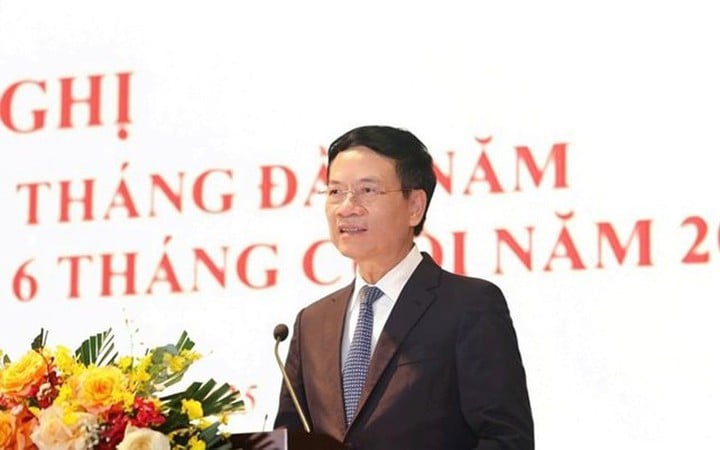
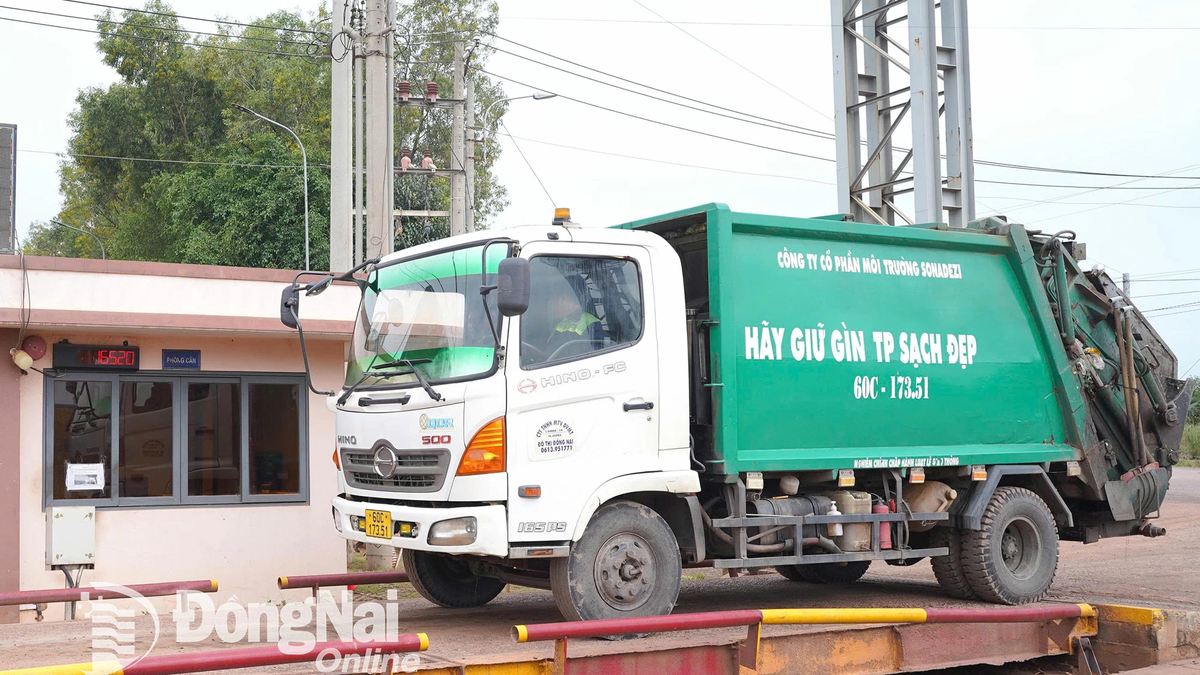

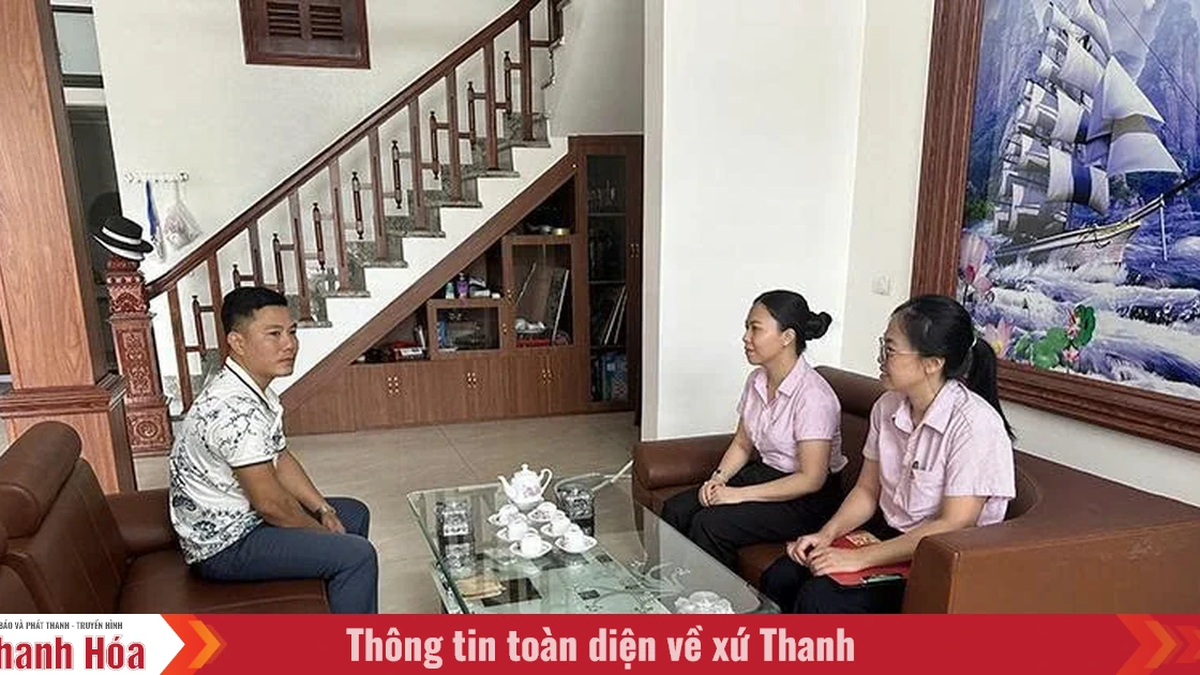

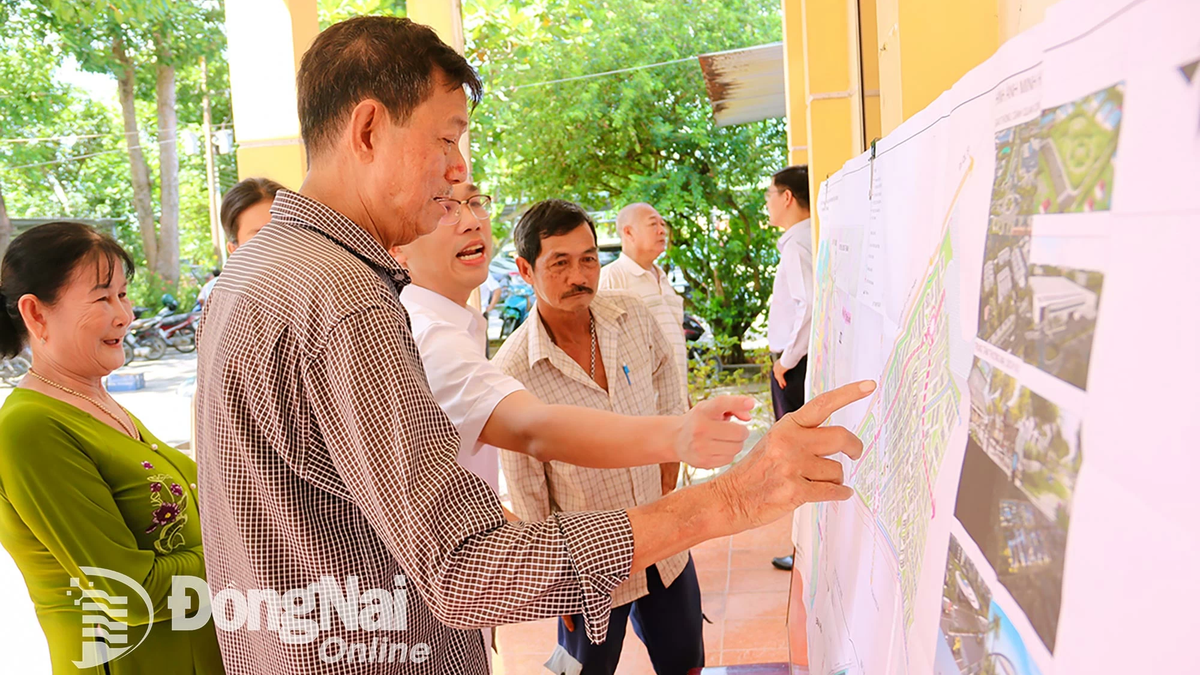
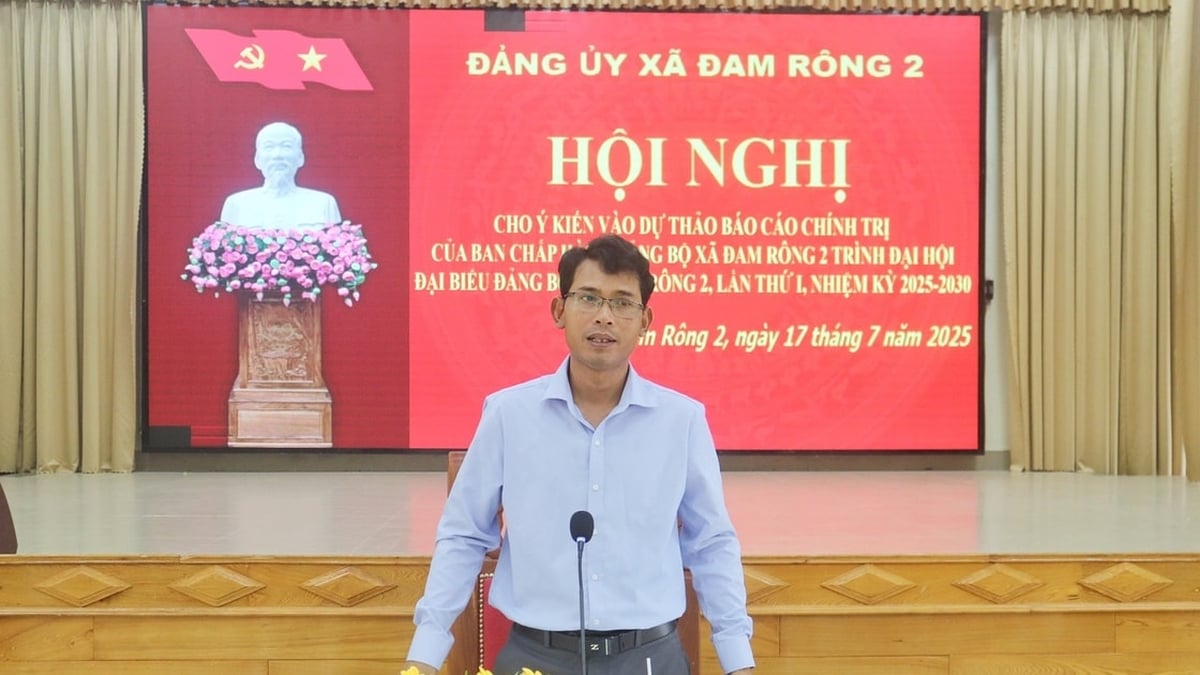
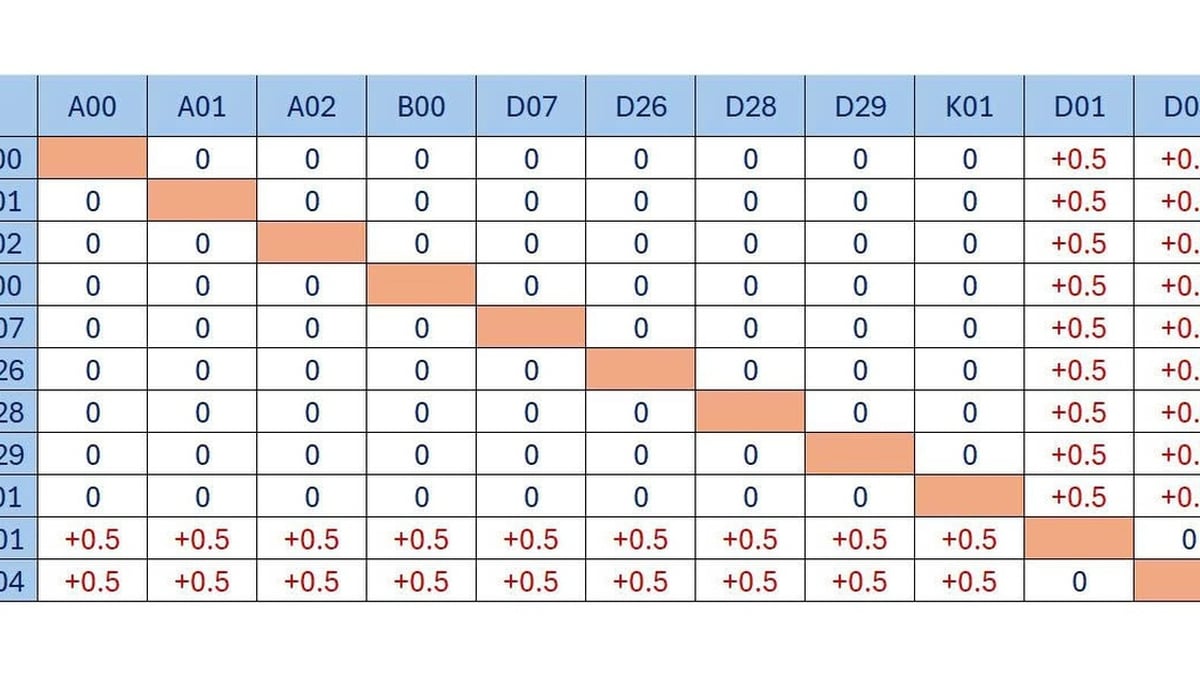
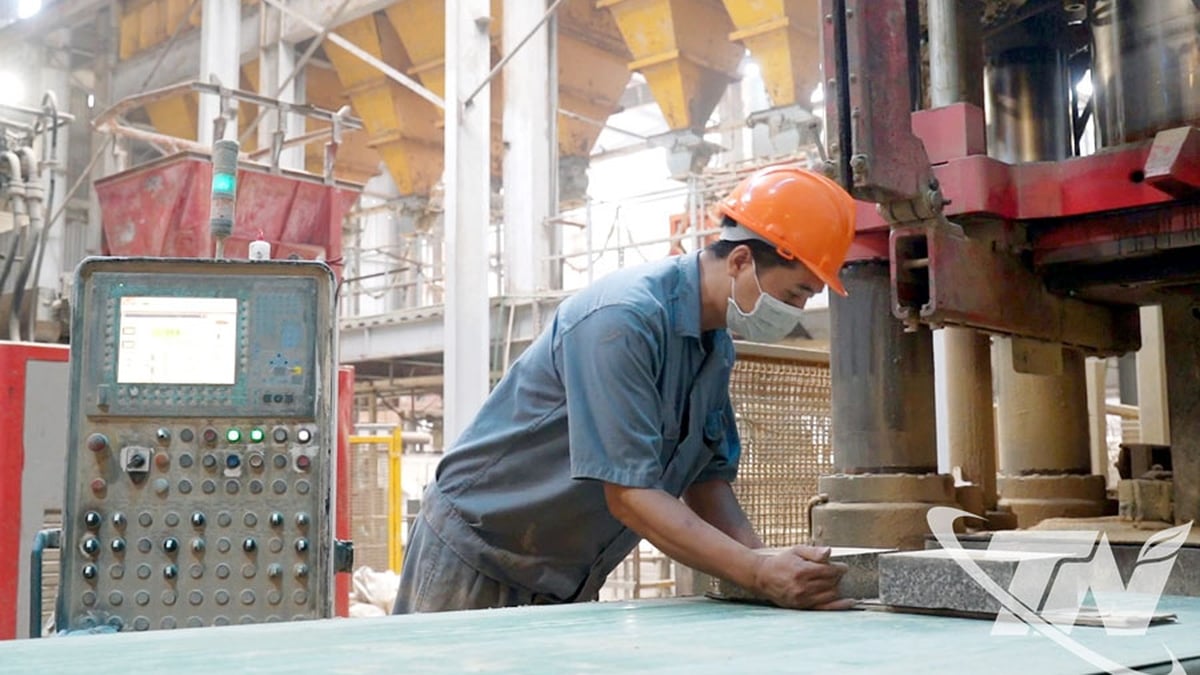



















































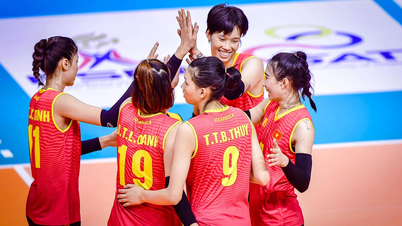



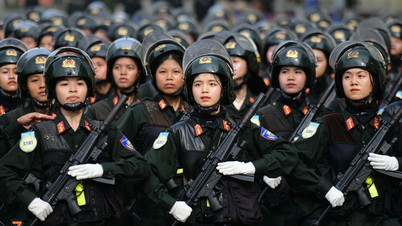





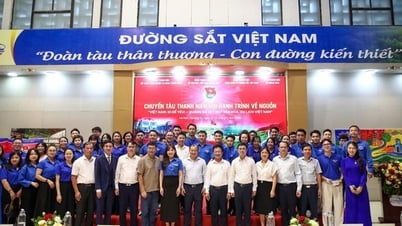


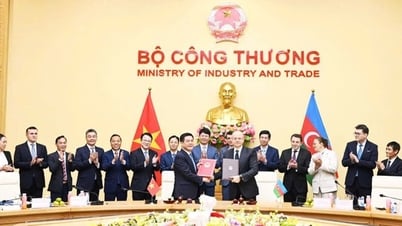











![[Infographic] In 2025, 47 products will achieve national OCOP](https://vphoto.vietnam.vn/thumb/402x226/vietnam/resource/IMAGE/2025/7/16/5d672398b0744db3ab920e05db8e5b7d)














Comment (0)